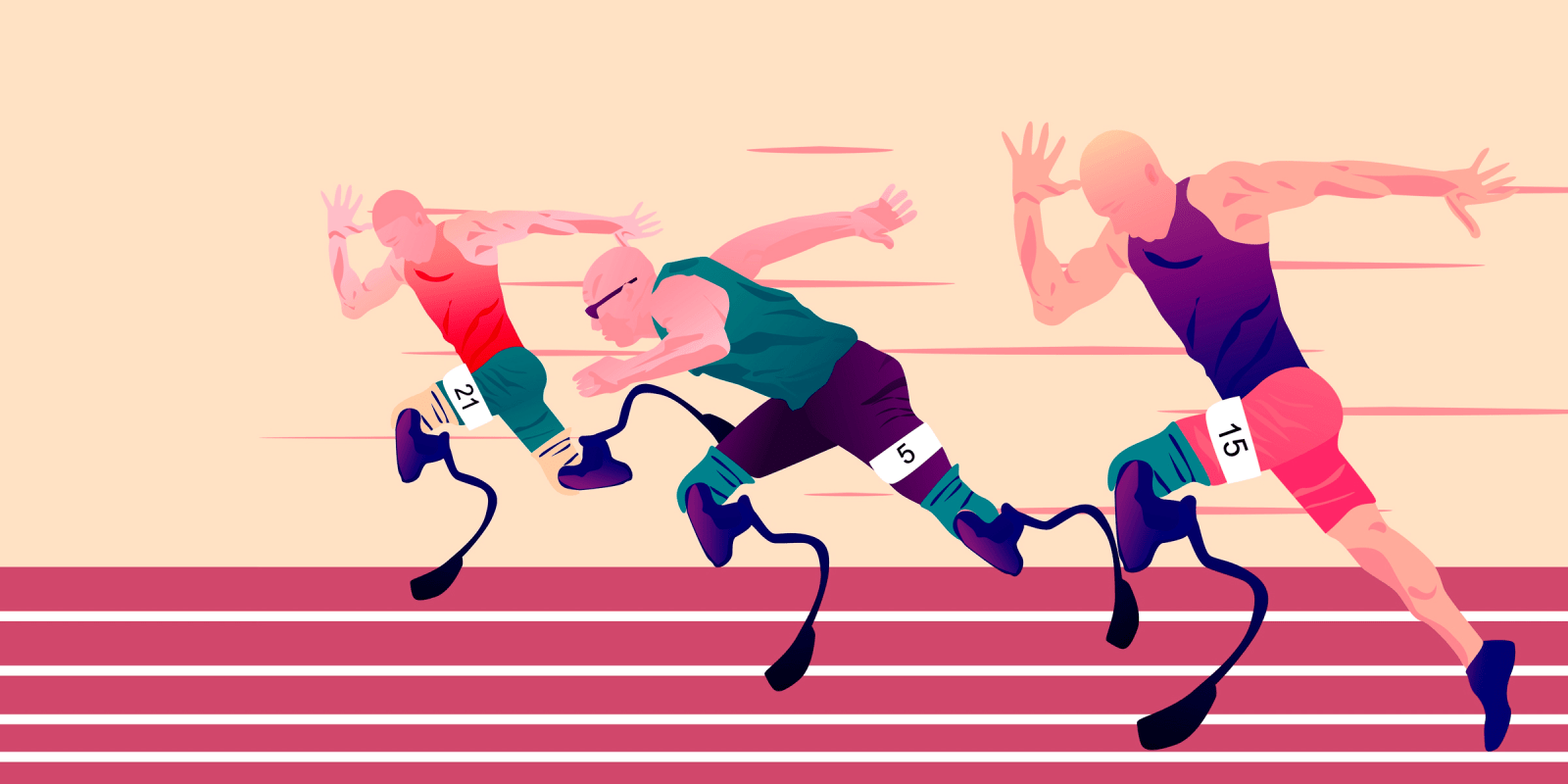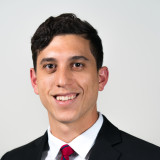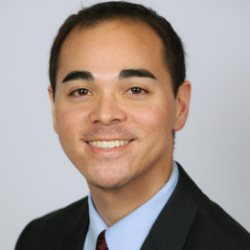As health care seems to fall apart, I find solace in remembering that at the heart of medicine, patient stories remain. Just hearing a patient’s story, start to finish, can be powerful. As a physician, I find the fuel in my own tank is gravitating toward their stories.
“What do you like to do for fun?” sounds more like first-date small talk than a doctor’s first inquiry, but it is my opener when I meet new amputee patients. The answer helps paint a picture of what activities define a person. From there, I can deduce what prosthetic or artificial limb features would help them return to feeling like themselves. I retell that story in my patient’s chart. As a rehab specialist or physiatrist, I work with the patient and their family; their prosthetist, who assembles their prosthetic limb, and their insurance. I help unite everyone in choosing and advocating for equipment to restore mobility and independence. Here would be an easy segue to the insurance challenges and roadblocks we meet, but for this piece, I am focusing on the gift of being a part of the journey.
In the last decade, I have helped get police officers, administrators, scientists, postal workers, chefs, and educators back to work. I have helped get the equipment to let grandparents chase grandkids, outdoor lovers to hike and fish and kayak, and competitors to run and Spartan race. My youngest and oldest amputees share a 90-year age difference. I love the breadth of my field, physical medicine & rehabilitation (PM&R), but nothing is closer to my heart than respecting and caring for the stories of amputees. In my case, this passion was born out of unimaginable circumstances.
April 15, 2013, the night of the Boston Marathon bombing, I remember dragging my mattress to the back corner of my room, farthest away from my apartment window. The window overlooked the State House, and I legitimately feared the neighboring landmark could be the next bomb target. That Friday, I walked to work on eerily quiet streets. I answered my mom’s phone call in the hospital lobby. “You are home, right? The city is locked down.” The ever-working PGY2, I had missed the lockdown order.
Two weeks later, on May 1, 2013, I began my amputee rotation at Spaulding Rehabilitation Hospital. I was a second-year resident training in PM&R. My co-resident and I found our attending on the fifth floor, where patients had been arriving from acute care hospitals across the city. We told our attending we were eager to help the victims. Our attending made a deliberate but clear correction: They were never to be called the bombing victims, only the Marathon bombing survivors. While nuanced, this early lesson that language can frame the entire way a patient population is approached set the tone.
“Boston Strong” soon bannered the city, but many I knew confessed feeling a shared helplessness. I didn’t. Working at the hospital, sometimes until 10 p.m., I felt a strong sense of purpose caring for the survivors.
We three doctors would round each morning, rewrapping amputation sites and imparting expectations for life as an amputee. Education I would learn in Room 505, I would then teach in Room 506. We led interdisciplinary team meetings, facilitated unheard of community outings, documented daily progress. My own chart illustrations of wounds and residual limbs were projected at One Fund meetings assessing injuries and deciding how to distribute funds.
These were normal tasks for a PM&R resident. Then came once-in-a-lifetime tasks. Our attending left for outpatient clinic and asked us residents to “cover the press conference.” Navigating patient “code names” for privacy. At my patient’s request, updating the “New York Times guy.” A patient asked to film me removing sutures in case Anderson Cooper wanted footage.
Media was everywhere. I would author charts by day and read my patients’ magazine profiles at night. I struggled to reconcile one having crowdsourced over half a million dollars while others had not set up a GoFundMe page. One article proclaiming the bombing a hoax released the same day I pulled BBs out of a patient’s residual limb. The deep shrapnel took its time to surface. Undeniably real.
I connected with each of my patients and their families. All seemed to be vacillating between gratitude for survival and grief for all they lost. When the bombs went off, many were spectating women finishers: sisters, wives, and daughters wrought with guilt that their loved ones were injured in this unthinkable way while dutifully cheering them on.
In June, I began my prosthetics and orthotics rotation. I witnessed patients receiving their first artificial limbs. Advanced microprocessor knees (which now I spend countless hours documenting medical necessity for) seemed to fly out the door.
At this same time, I cared for a man who had survived a traumatic work accident, losing his leg. I counseled him and his pregnant wife on expectations of life as an amputee with the same gravity and respect I hope I brought to every interaction at that time. But I couldn’t imagine what it must have felt like to live their crisis simultaneously to the Marathon.
Then, I had an epiphany. The Marathon bombing survivors were each coping with individual tragedy, but they all shared a day, a villain, a mechanism of injury. However, all rehabilitation patients had one thing in common: They have just experienced the worst day of their life. I meet them on the climb back from that lowest valley, but it is still very much in sight. Acknowledging that story with a balance of respect and hope is my role.
Now an attending myself, I follow hundreds of patients with a history of amputation. This is my legacy of the Marathon bombing, my story. As many leave medicine, I think of my mentor telling me caring for the Marathon bombing survivors provided me amputee trauma experience few doctors outside the military will ever see. I feel thankful to have used that expertise with purpose ever since.
Dr. Jennifer Earle Miller is a practicing physical medicine and rehabilitation physician and active medical educator, developing medical school curricula on disability. She is an expert on optimizing mobility and function, especially pertaining to individuals with amputation or nervous system injury or disease.
Image by Golden_Bura / shutterstock







